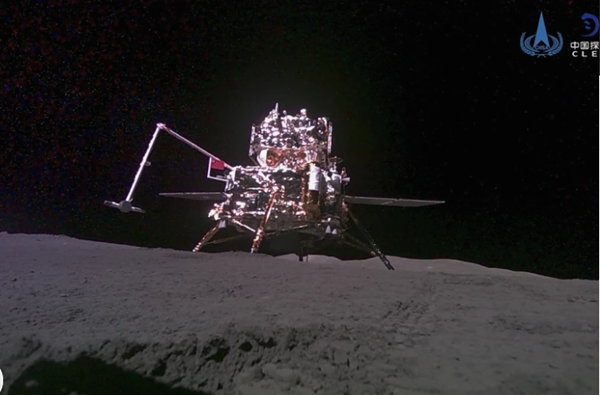China became the first country to land on the moon’s far side last year. The Chang’e 6 spacecraft scooped up the volcanic rock and dirt from the ancient, sprawling South Pole-Aitken basin, one of the largest impact craters in the solar system.
The Chinese Academy of Sciences’ Sen Hu said he and his team received 5 grams of soil samples, then selected 578 particles for detailed analysis using electron microscopes.
They estimated the water abundance at less than 1.5 micrograms per gram, on the dry end of what’s been found in samples gathered over past decades from the moon’s near side. Measurements on samples from the near side have ranged between 1 microgram and 200 micrograms per gram.
“More far side samples are required for testing and further unraveling” how much water there is, Hu said in an email.
It’s possible the impact that created this basin may have blasted water elements to the near side, leaving the far side depleted. Another possibility is that the vertical distribution of water could be different between the two hemispheres.
Even if confirmed, the findings shouldn’t drastically alter NASA’s plans to send astronauts to the moon’s south polar region, where permanently shadowed craters are believed to hold massive amounts of ice. This frozen water could be used for drinking, cooking and making rocket fuel.
(CNSA/Xinhua via AP)
Advertisement
China says soil on moon may be drier on the dark side
Advertisement
Latest State & National
State & National
2 hours ago
State & National
yesterday
State & National
yesterday
State & National
yesterday
State & National
yesterday
ADVERTISEMENT
Most Read >
ADVERTISEMENT
Latest State & National
State & National
2 hours ago
State & National
yesterday
State & National
yesterday
State & National
yesterday
State & National
yesterday
Advertisement
ADVERTISEMENT




